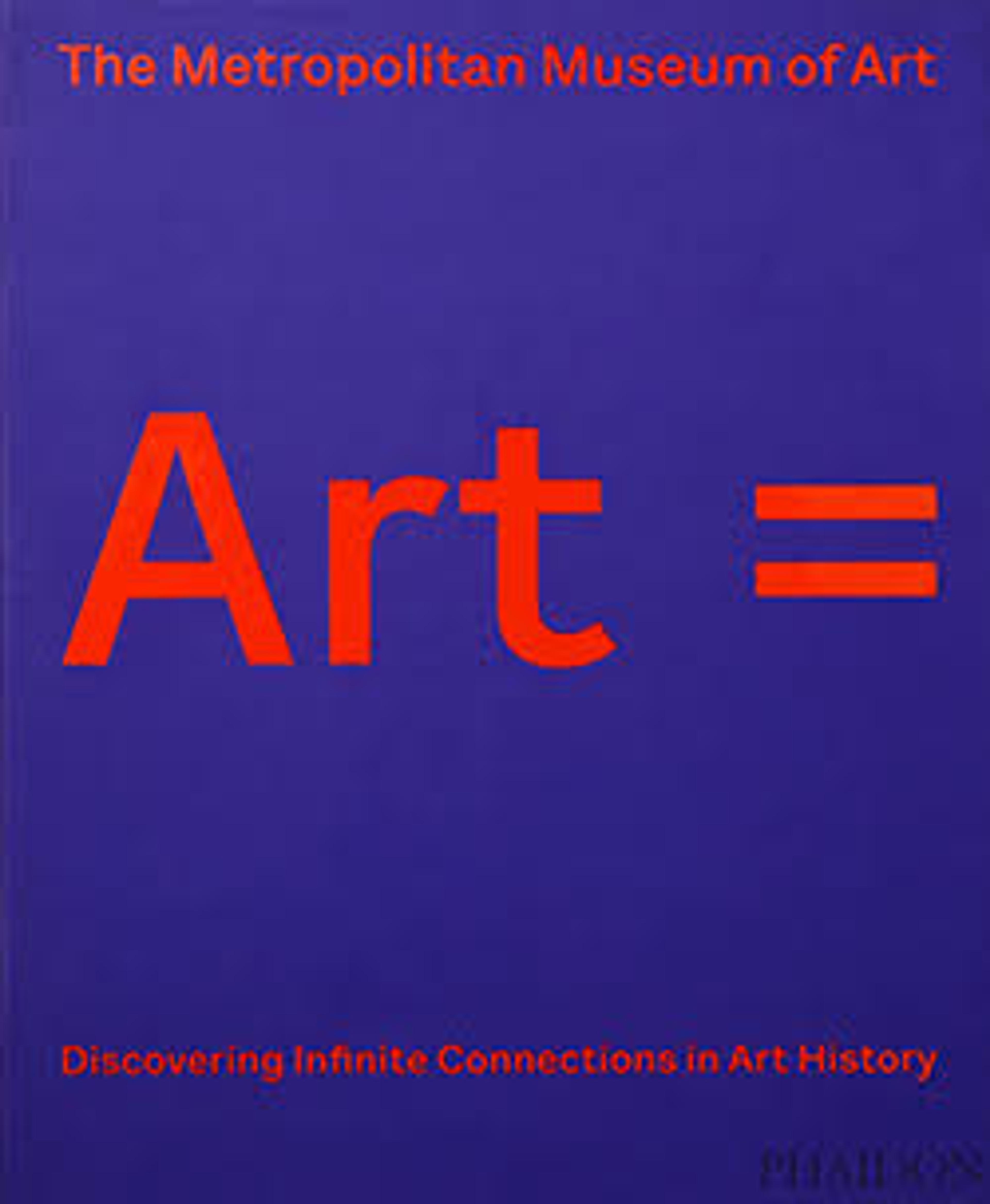Dish Depicting Two Birds among Flowering Plants
Artwork Details
- Title: Dish Depicting Two Birds among Flowering Plants
- Date: ca. 1575–90
- Geography: Made in Turkey, Iznik
- Medium: Stonepaste; polychrome painted under transparent glaze
- Dimensions: H. 2 3/8 in. (6 cm)
Diam. of rim: 11 3/16 in. (28.4 cm) - Classification: Ceramics
- Credit Line: Gift of James J. Rorimer in appreciation of Maurice S. Dimand's curatorship, 1933–1959, 1959
- Object Number: 59.69.1
- Curatorial Department: Islamic Art
Audio
6655. Overview: Iznik Ceramics
NARRATOR: In the Ottoman Empire, Chinese porcelains were much admired. The fascination with them led to the establishment of a factory to make comparable local variations. Today, these fine wares are called “Iznik” after the provincial Ottoman town where the factory was located. The Turkish artisans there copied from imported Chinese examples, but the motifs developed over time came to be quite different from Chinese ones. Walter Denny.
WALTER DENNY: Iznik ceramics started out imitating Chinese porcelain and using a blue and white palette, to which eventually turquoise and a black line were added. Ultimately, Iznik ceramics, by the 1550s and 1560s, developed a full polychrome palette of a beautiful lustrous tomato red; a brilliant green; a deep cobalt blue which could be thinned out over the white foundation to a much thinner, lighter, and paler blue; and above all, a sinuous black line that could be used almost in calligraphic fashion. Iznik ceramics famously used the Ottoman stylized flowers: tulips, roses, and honeysuckles among them, as well as hyacinths. Occasionally, small birds and even the human figure were used. The borders of Iznik plates, with their tight spirals recall Ming originals, but… by the middle of the 16th century, the Turkish potters had evolved an art form that was truly Ottoman, completely distinct, and has never been equaled since in the history of ceramics.
More Artwork
Research Resources
The Met provides unparalleled resources for research and welcomes an international community of students and scholars. The Met's Open Access API is where creators and researchers can connect to the The Met collection. Open Access data and public domain images are available for unrestricted commercial and noncommercial use without permission or fee.
To request images under copyright and other restrictions, please use this Image Request form.
Feedback
We continue to research and examine historical and cultural context for objects in The Met collection. If you have comments or questions about this object record, please contact us using the form below. The Museum looks forward to receiving your comments.
